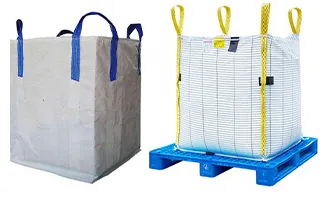Solar Panel Production Line - Efficient & Sustainable Manufacturing Solutions
The Solar Panel Production Line Empowering Sustainable Energy
As the world grapples with climate change and the pressing need for renewable energy sources, solar power has emerged as a leading solution to mitigate the impacts of fossil fuel reliance. The solar panel production line is a crucial part of this industry, transforming raw materials into efficient solar energy systems that can power homes, businesses, and communities around the globe.
The solar panel manufacturing process begins with the procurement of high-purity silicon, which is the primary material used in solar cells. Silicon is obtained from quartz sand through a series of chemical reactions, yielding silicon carbide and then purified into silicon. This silicon is melted down and formed into ingots, which are then sliced into thin wafers. These wafers serve as the foundation for solar cells.
The next stage in the production line involves the doping of silicon wafers, where elements such as phosphorus and boron are added to create a p-n junction. This junction is essential as it enables the creation of an electric field, which is necessary for the conversion of sunlight into electricity. After doping, the wafers are etched to remove any impurities and are then treated with anti-reflective coatings to maximize light absorption.
Once the solar cells are ready, they undergo a process called interconnection. This involves connecting individual cells together using conductive metal ribbons. The interconnected cells are then assembled into solar panels, often referred to as photovoltaic (PV) modules. During this assembly phase, a glass layer is added to the front for protection against environmental factors, while a backing material is placed at the rear to shield the cells and improve durability.
solar panel production line

Quality control is an essential part of the solar panel production line. Each panel undergoes rigorous testing to ensure that it meets international efficiency and safety standards. This includes electroluminescence testing, thermal cycling, and humidity resistance tests. These measures ensure that the panels will operate efficiently in various conditions and have a long lifespan, often exceeding 25 years.
After passing quality assessments, the solar panels are packaged and shipped to distributors and customers. The entire production line is intricately designed to ensure high efficiency and scalability. Automation has become increasingly critical in this process, as robotic systems handle everything from wafer slicing to assembly, ensuring precision and reducing labor costs.
Sustainability also plays a prominent role in the solar panel production line. Manufacturers are finding innovative ways to recycle materials and reduce waste. This focus on sustainability not only enhances the environmental benefits of solar energy but also appeals to environmentally conscious consumers.
In conclusion, the solar panel production line is a fundamental component of the renewable energy landscape. It transforms raw materials into vital technology that empowers individuals and businesses to harness the power of the sun. As advancements in technology and production techniques continue to evolve, the solar industry is poised for significant growth, contributing to a cleaner and more sustainable future. With a commitment to innovation and sustainability, the solar panel production line represents a beacon of hope for a planet in need of change.
-
Unlocking Energy Freedom with the Off Grid Solar InverterNewsJun.06,2025
-
Unlock More Solar Power with a High-Efficiency Bifacial Solar PanelNewsJun.06,2025
-
Power Your Future with High-Efficiency Monocrystalline Solar PanelsNewsJun.06,2025
-
Next-Gen Solar Power Starts with Micro Solar InvertersNewsJun.06,2025
-
Harnessing Peak Efficiency with the On Grid Solar InverterNewsJun.06,2025
-
Discover Unmatched Efficiency with the Latest String Solar InverterNewsJun.06,2025







